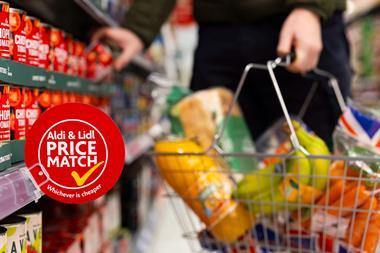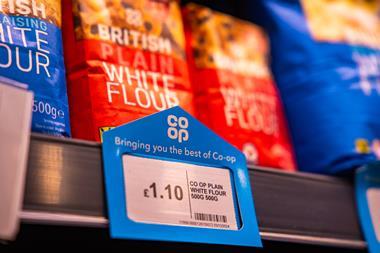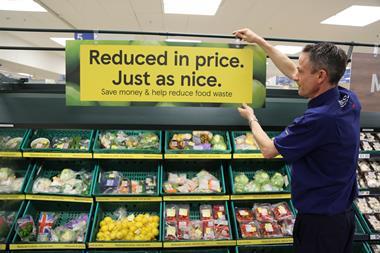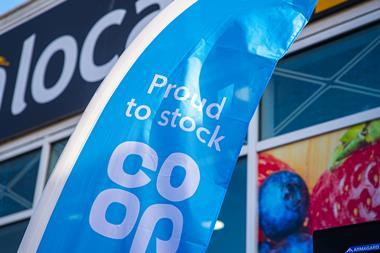It’s that time of the year again – the time when a lot of money seems to be going up in smoke, not just in Eurozone economies, but also in pyrotechnic displays. While fireworks were once most typically sold in newsagents’ stores and the like, they’re increasingly becoming a seasonal supermarket staple, with retailers erecting designated firework stands in their foyers as firework nights approach and taking out swathes of ads in the papers showing off their best ‘displays’.
Fortunately for retailers – given that fireworks are a ‘would like to have’ rather than a ‘must have’ – the wholesale cost of fireworks could be in line for a slight fall as their essential components decrease in price.
Modern fireworks are still primarily propelled by gunpowder – a mix of saltpetre (potassium nitrate, which supplies the oxygen for the reaction), charcoal (the fuel) and sulphur (also used as fuel, but with the additional function of Bonfire Night, Diwali and (soon) New Year’s Eve – fireworks are again burning holes in pockets. But their sky-high wholesale costs look like they might fall, says Robert Miles speeding up the rate of combustion).
All three have decreased in price after a peak in the middle of the year. Since 1 June, saltpetre is down in price by 30%, to £990/ tonne; charcoal has reduced in price by 20%, to £166/tonne; and sulphur has dipped by 12%, to £113/ tonne.
And it’s not only the chemicals responsible for fuelling fireworks’ reactions which have come down in price. Packaging prices have also slipped, with cardboard down 8%, to £443/tonne, from 1 June. The price of plastic film has also fallen – by 30%, to £1,010, over the same period.
These lower prices mark a move away from the steep rise in wholesale firework prices of 2008. Then, higher prices for the raw materials of manufacture and new regulation in the EU market – requiring fireworks to meet a new European conformity standard which, despite being billed as relatively simple, was found by some to be slow and complex (and therefore more costly than expected) – meant wholesale prices increased.
Since 2008, rising costs of production and increased competition in the domestic Chinese market have ensured wholesale prices have, by and large, stayed elevated. China is the largest manufacturer and exporter of fireworks in the world and for the past 20 years has been producing about 90% of the fireworks sold globally. Exports of Chinese fireworks reached $557m in 2009 and were still at $553m last year.
Transport costs also have a strong influence on the price of fireworks in the UK – shipping costs for containers holding dangerous goods from Shanghai to Europe have increased strongly in recent years. But even these costs have recently fallen thanks to improved economies of scale.
Despite such savings, fireworks are still unlikely to come cheap. But with commodity prices rocketing across the board, news that firework prices could be set to fall will probably come as a welcome relief for those who still have money to burn.



















No comments yet